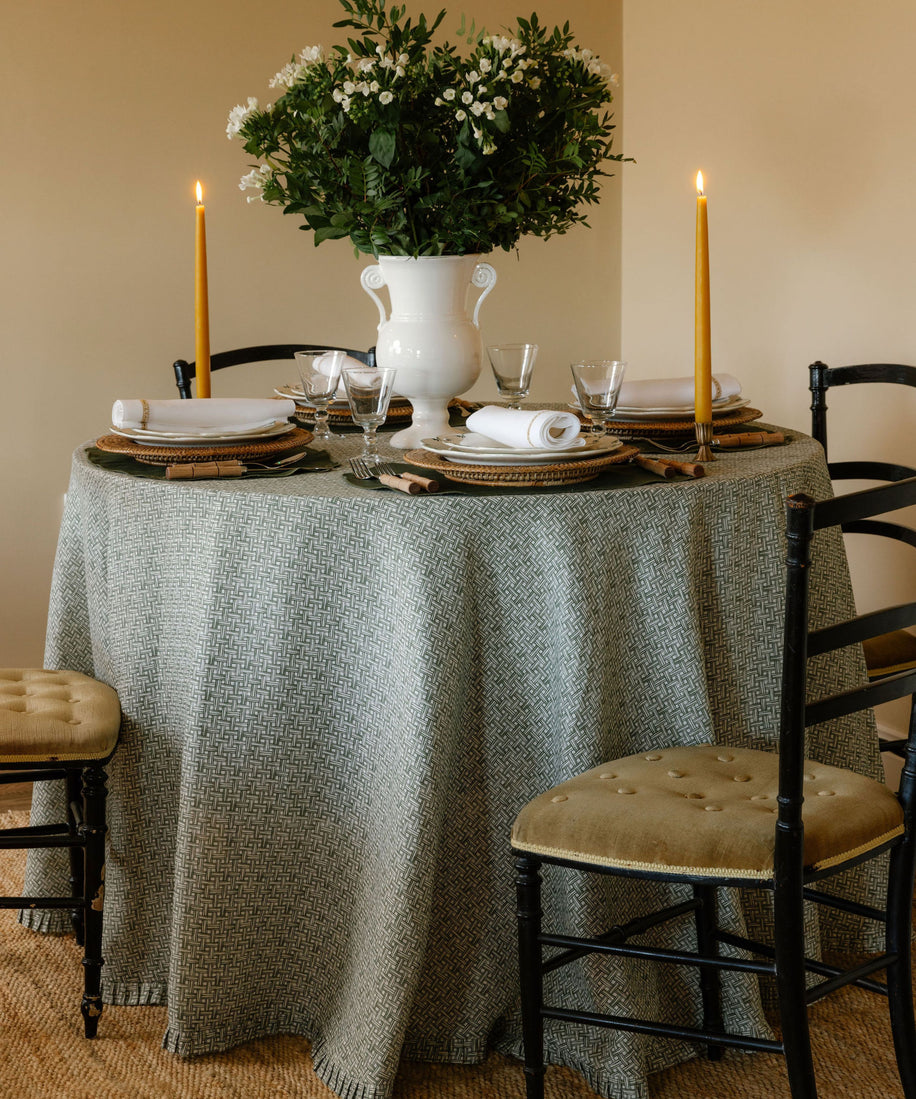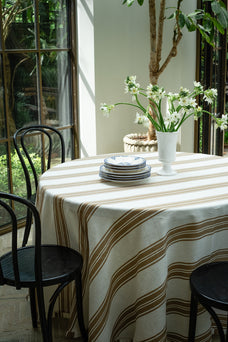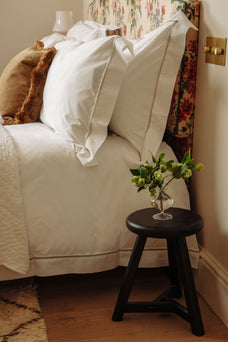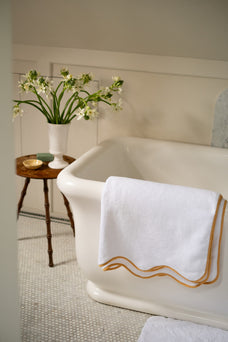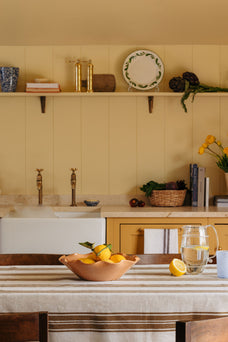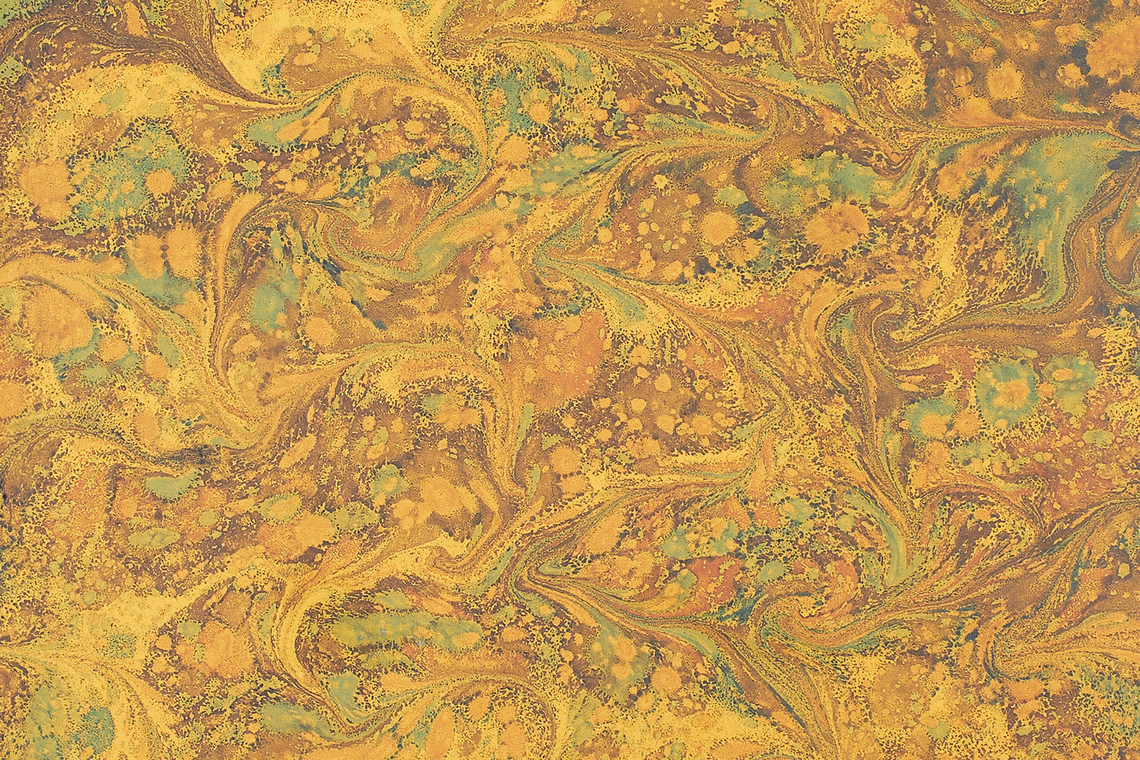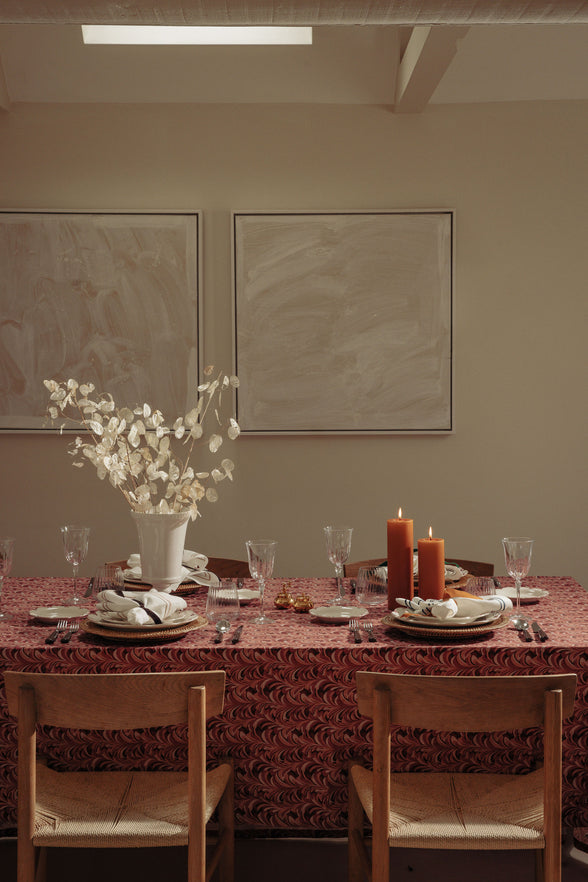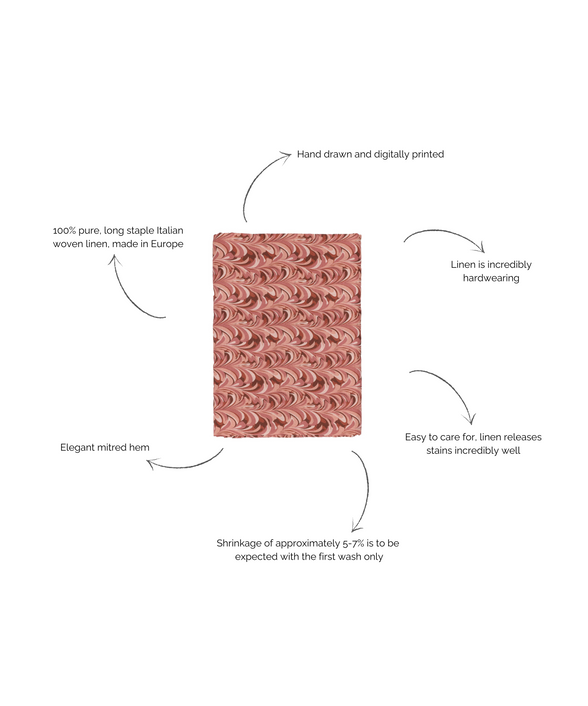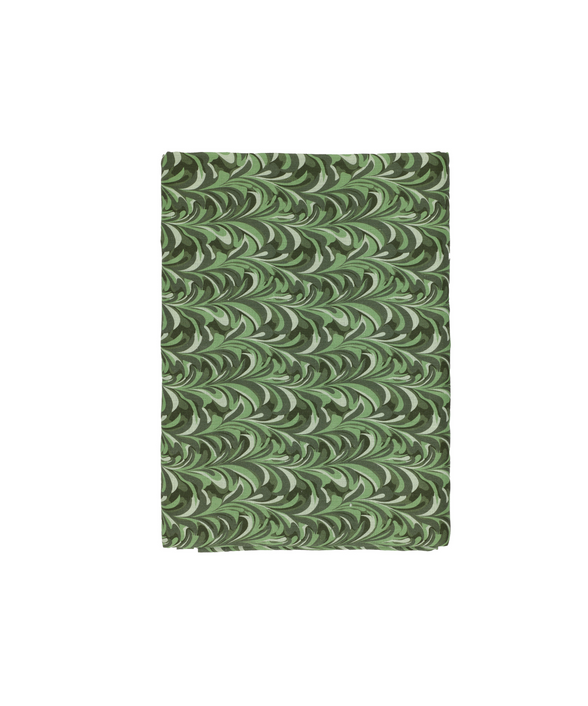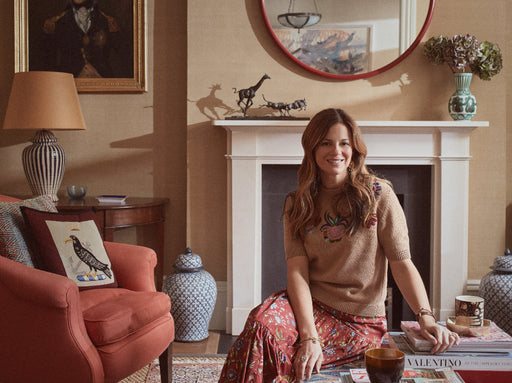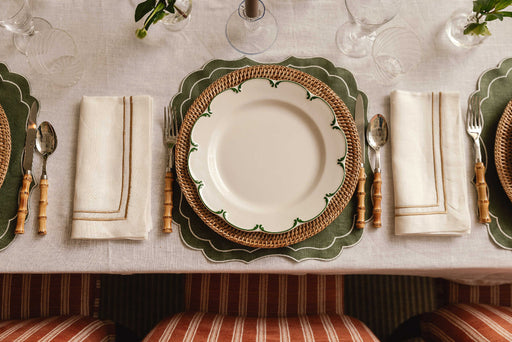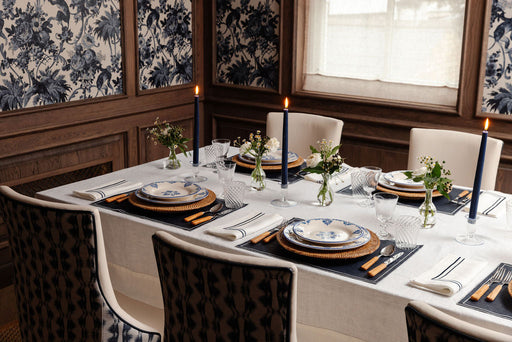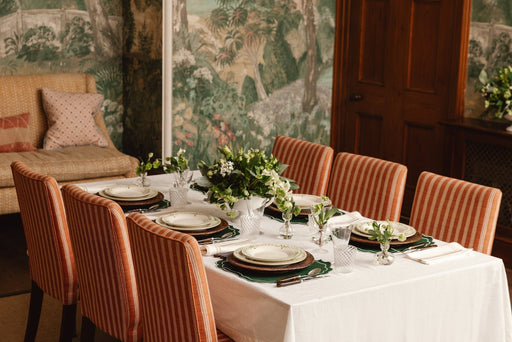The Origin of Marbling
Suminagashi or ‘floating ink’ has existed in Japan since the 12th Century – although it is thought to have originated in China over 2,000 years ago. Believed to be the oldest form of marbling in the world, suminagashi originally used Japanese Sumi-e inks, which were dropped onto a still surface of water and blown across to form patterns of swirls which were suggestive of landscapes, clouds and animals. A sheet of white rice paper was then laid atop the water to pick up the ink. The practice is still the same today, although suminagashi artists are now more likely to use acrylic paints.
Marbling is then thought to have spread west from Persia to Turkey during the 15th Century, where it is still known as ebru (‘the art of the clouds’) – although recent evidence suggests that it may have developed independently. At this time, it was a sacred practice which was reserved solely for religious writings, and Islamic law forbade marbled papers from being destroyed. The first Persian marblers used a fine comb to create patterns similar to today’s non-pareil designs.
The art form first entered Europe when the Republic of Venice was poised to become the gateway to the East and the advent of the Gutenberg printing press produced a new industry of bookbinding. Although marbling did not catch on immediately, by the 17th Century bookbinders were decorating the covers and end papers of their books with this distinctive paper. It wasn’t the Italians who were the earliest European adapters of the artform, however. Until the mid-19th Century, France and Germany manufactured almost all of the marbled paper in Europe.
There are a couple of iconic uses of paper marbling during the 17th Century – notably Louis XIII’s official bookbinder creating a similar paper - a cuve, named after the basin in which the paper was dipped - and Benjamin Franklin insisting that the new $25 bill was edged with marbled paper to prevent forgery.
Marbling steadily grew in popularity throughout Europe, but only became popular in Britain following the publication of The Art of Marbling by Charles Woolnough in 1853. Around this time, the trends for marbled paper shifted towards brighter colours and non-pareil patterns, such as bouquet and peacock.
The Heritage of Italian Marbling
Although marbled paper was made and used throughout Europe well into the 19th Century, today it is mainly associated with Italy - in particular, Florence. There are three marbled paper shops in Florence that are renowned for their sheets of colourful marbled paper and marbled accessories. The artisan marblers and bookbinders who produce their artworks in these establishments have passed down their skills through generations, honing their time-honoured craft and adding contemporary flourishes with new designs and bold colours.
These colourful sheets of elegantly marbled paper have become traditional Florentine souvenirs, thanks to their light weight and ease of transportation. Although the traditional marbled paper shops also offer a selection of more costly products, these simple sheets of paper are an inexpensive small luxury that can be used to wrap gifts, line drawers or can even be framed as artwork.
How Italian Marbled Paper is Made
Suminagashi and ebru marbling methods vary, but the Italian method is as follows:
The artist fills a shallow pan with either water or a natural gelatinous substance (to help the colours float to the top) and then pours in their chosen colours. Traditionally, artists will have used oil-based paints, although many choose to use acrylics these days. The artist then takes their chosen tool (usually a fine comb, a marbling rake or a horse hair) and drags it through the colours on the water’s surface to create patterns and swirls. Once they have created a pattern that they are happy with, a piece of paper is carefully laid on top of the water and the pattern is transferred onto the paper.
Table Linens Inspired by Italian Marbling
Our new marbled table linens are inspired by the ancient Italian art form, following Rebecca's travels to both Florence and Venice, where marbling is hard to miss. The swirl pattern was inspired by Rebecca's personal favourite marbled designs. This refined pattern was hand-drawn by a designer, before being digitally printed onto the finest Italian woven linen. The collection includes marbled tablecloths and napkins in a choice of two single colour palettes for easy styling (pink and green).
Discover our new Marble Table Linens.
Discover our marble edit.

